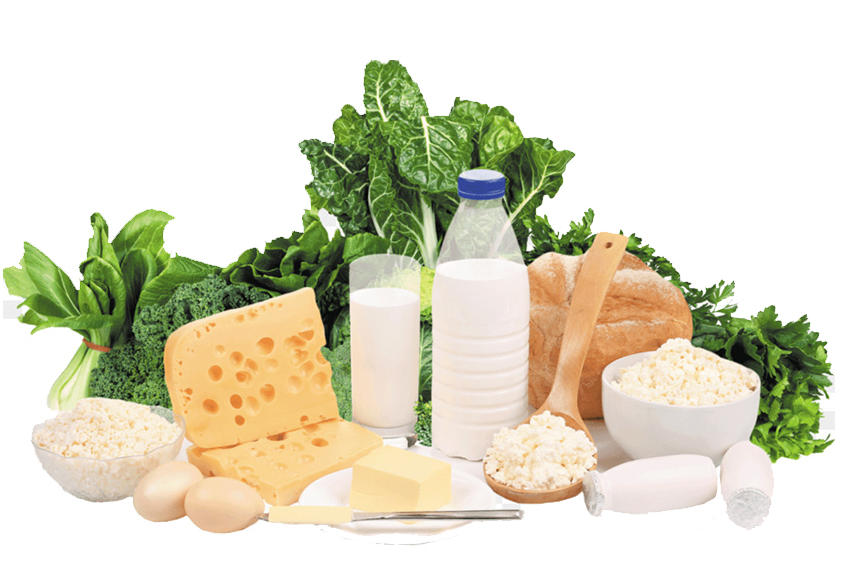Who said that pain in the joints, especially the knees affects only the aged? Younger people are being diagnosed with arthritis – a debilitating joint disease that affects people who are ageing and younger people who are overweight.
The transition of schooling and work-life towards an almost-remote model has resulted in the threat of younger people developing obesity, the single most important cause of arthritis in this age group.
Since age is no longer the main reason for weak joints, we address a larger audience on the importance of joints and what foods keep them healthy.
A joint, as it self-suggests, is the place where bones meet to facilitate movement. Anatomically, the following key points help pull together a mental picture.
- There are three types of joints (viz) the immovable – found in the skull, face and ribcage, those with limited movement – in the spine, and the freely movable – found in the shoulder, hip, knee, elbow, neck, wrist and ankle.
- Joints are made up of bones, muscles, cartilage, ligaments and synovial fluid that work together enabling physical mobility and range of flexibility.
- A good nutritious diet, exercise and adequate sleep keep joints in good working order.
These four major food categories strengthen and elasticize the joints.
OMEGA-3 FATTY ACIDS
These are polyunsaturated healthy fats known for sustaining lubrication of the joints.
- Fish – fatty cold-water fish like sardines, salmon and tuna rank topmost in the supply of omega-3 fatty acids, as is also fish oil
- Seeds – chia and flax
- Nuts – walnuts and almonds
- Vegetables – brussel sprouts
- Fruits – mangoes and muskmelons

ANTI-INFLAMMATORY FOODS
Inflammation is the body’s healing response to infection, a process in which inflammatory cells are set in action toward the infection site. When those cells overstay, causing pain, swelling and tenderness, especially in the joints, inflammation needs to be handled.
These anti-inflammatory foods greatly help.
- Berries – the anti-inflammatory properties of anthocyanin make berries a must-have at the breakfast table and as a snack
- Fish – sardines, salmon and tuna that are high in omega-3 fatty acids are also highly rated as anti-inflammatory
- Vegetables – tomatoes, peppers and broccoli
ANTIOXIDANT FOODS
The human body has free radicals that have the potential to become dangerous if their numbers increase. In this context, they can cause harm to cartilage in the joints.
Antioxidants fight free radicals caused by excess sugar, processed food, red meat, alcohol, smoking, pollution, chemicals and radiation. Antioxidants are replenished by these foods.
- Berries top the list in the supply of antioxidants too
- Spices and herbs found in the kitchen
- Dried fruits
- Nuts
- Dark-colored fruits, vegetables and greens
VITAMIN D
Vitamin D is crucial for developing immunity in the body, a precondition for preventing arthritis. Vitamin D helps the body absorb calcium required for healthy bones.
- Fish – salmon, sardines, herring, tuna and cod liver oil
- Dairy products
- Egg yolk
- Fruits – orange, bananas
- Mushrooms, exposed to UV light
Studies suggest that a sedative lifestyle, bad food choices and a spike in stress levels have largely contributed to compromised joint health, entrusting the task of reversal to the individual.
So don’t wait for those knees to feel like the rusty hinges of a door. Get these power foods on the menu and give that body some real work to do. We assure you of a good night’s sleep as a bonus.

